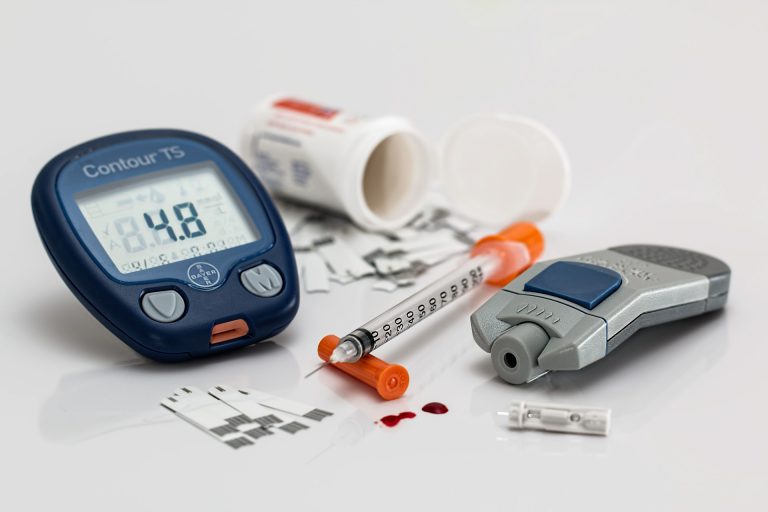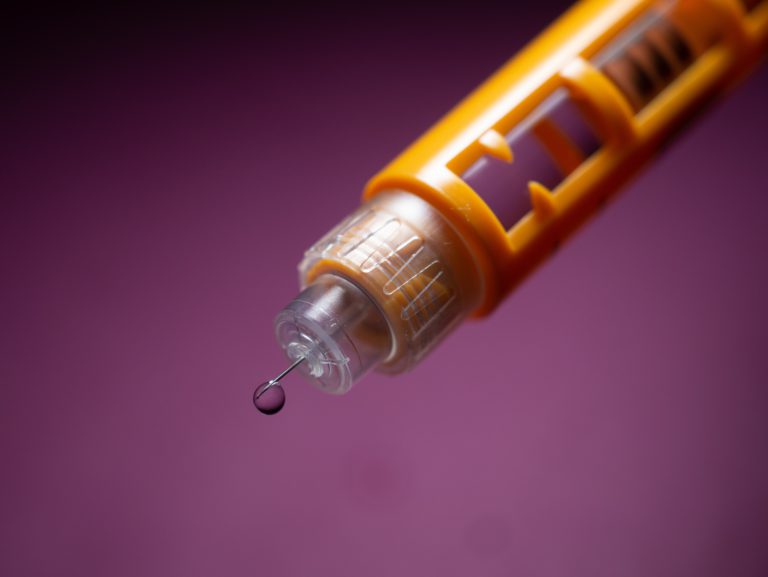How Can A Smart Diabetes Patch Improve Life For People With Diabetes?
It’s a potential game-changer for people living with diabetes. Researchers and bioengineers at three major universities in the United States — UCLA, MIT and the North Carolina School of Medicine — have developed a smart insulin-delivery patch that could revolutionize diabetes treatment by monitoring and managing glucose levels in people with diabetes and delivering the necessary insulin dosage.
What are CBM diabetic patches?
Diabetic patches for continuous blood monitoring already on the market make it more convenient and easier to live with diabetes. Reliable patches that have been approved by the FDA are designed to closely monitor blood glucose levels. They are an integral part of diabetes management but do not deliver needed insulin. People who need insulin still must stick their fingers and self-administer a necessary dose of insulin several times each day. A smart insulin patch would sense the need for insulin and deliver it. Read more bout Glucose Skin Monitors here.
How are CBM patches?
The coming smart adhesive diabetes patch, the size of a small coin, has doses of insulin pre-loaded in tiny microneedles that deliver medicine quickly when the blood sugar levels reach a certain threshold. When blood sugar returns to normal, the patch’s insulin delivery also slows down. The smart patch takes away the need to constantly check one’s blood sugar and then inject insulin if and when it’s needed and mimics in face the regular function of the pancreas.
“It has always been a dream to achieve insulin-delivery in a smart and convenient manner,” said study co-author John Buse, MD, PhD, director of the Diabetes Center at the University of North Carolina at Chapel Hill School of Medicine. “This smart insulin patch, if proven safe and effective in human trials, would revolutionize the patient experience of diabetes care.”
The adhesive patch is simple to manufacture and is intended to work for 24 hours before needing to be replaced. The microneedles used in the patch are made with a glucose-sensing polymer that’s encapsulated with insulin. Once applied on the skin, the microneedles penetrate under the skin and can sense blood sugar levels. If glucose levels go up, the polymer is triggered to release the insulin. Each microneedle is smaller than a regular needle used to draw blood and does not reach as deeply, so the patch is less painful than a pin prick. Each one penetrates about a half millimeter below the skin, which is sufficient to deliver insulin into the body.
What does science say about them?
A series of successful studies on the smart insulin patch have been conducted in mice and pigs but the team is now applying to FDA for approval of clinical trials in humans. In the experiments, one quarter-sized patch successfully controlled glucose levels in pigs with type I diabetes for about 20 hours, the researchers said. The technology has been accepted into the US Food and Drug Administration‘s ‘Emerging Technology Program’, which provides assistance to companies during the regulatory process. The researchers anticipate the clinical trials in humans could start within a few years. Once successfully tested in humans, the researchers believe that the smart microneedle patch could be adapted with different drugs to manage other medical conditions as well.









